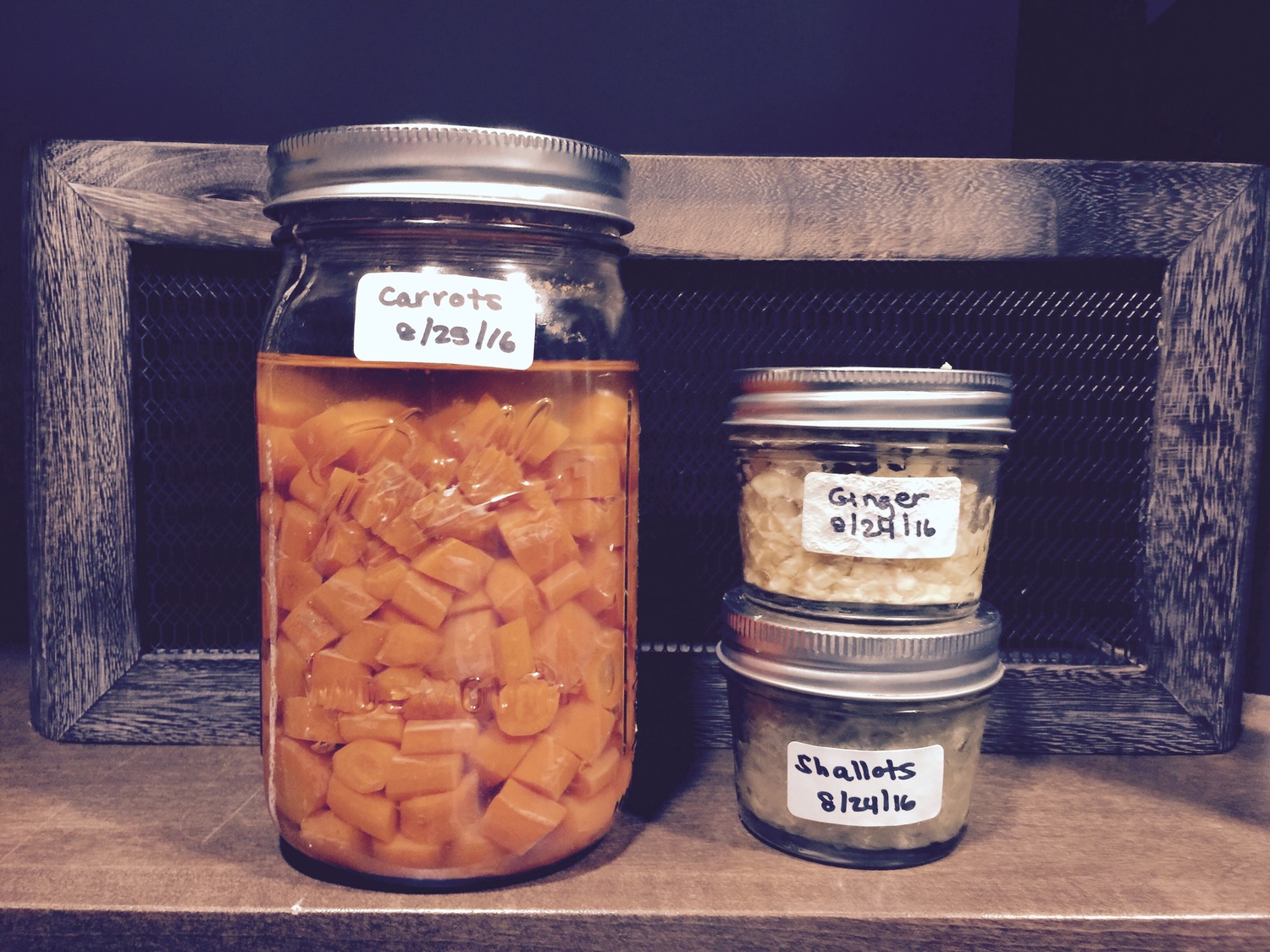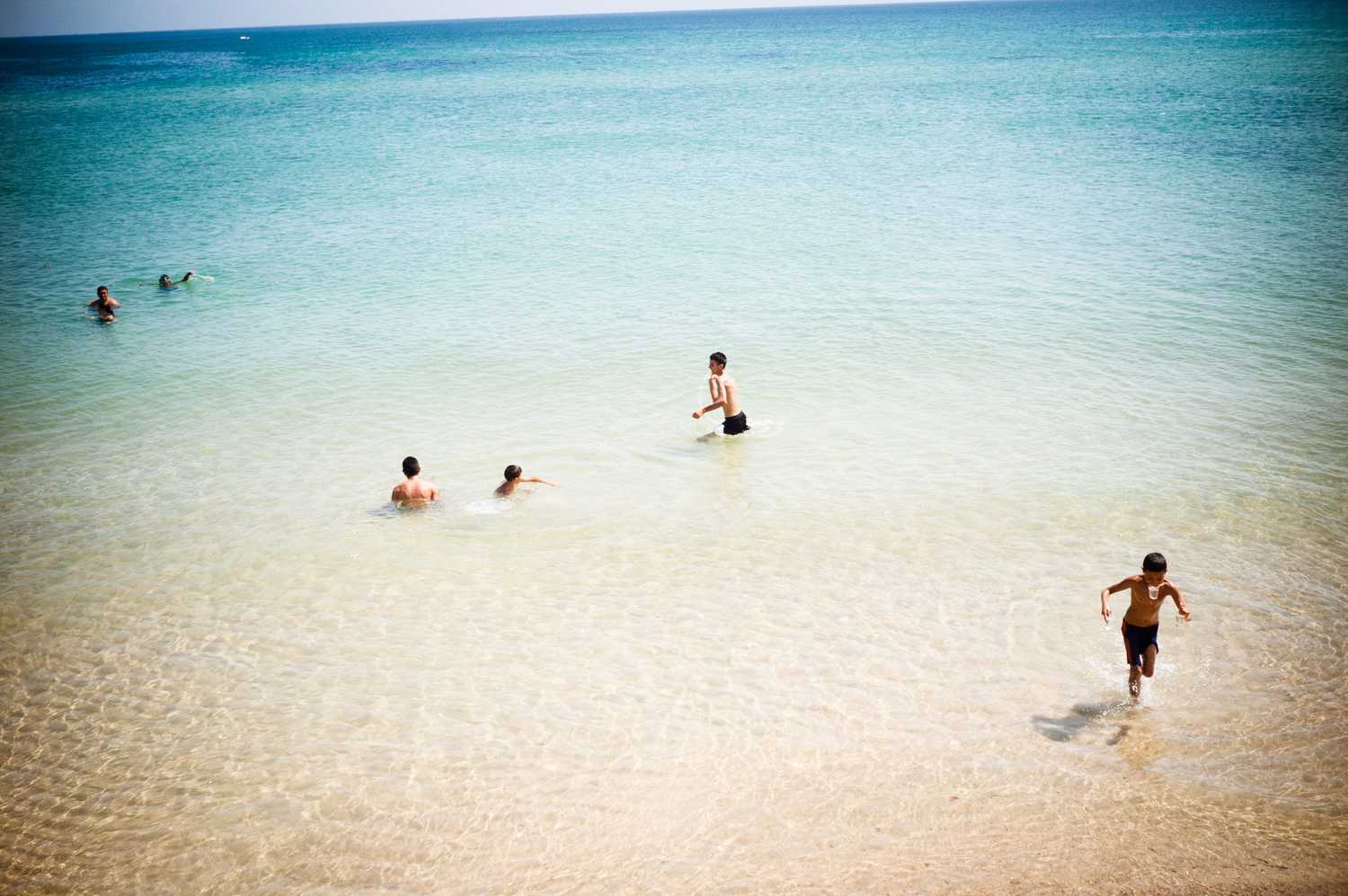From as early as the 1800s, halotherapy, or salt therapy, has been associated with soothing and boosting some people’s respiratory systems. While science is just beginning to understand how halotherapy may affect our biology, this ancient practice is becoming more popular in spas and for those seeking relief when conventional medicine hasn’t helped.
Halotherapy is reported to improve some people’s symptoms from inflammation and bacteria, as Doctor Oz explains in the video below.
Shannon Coppola, founder of the Montauk Salt Cave, shared her family’s experience of relief from respiratory issues, allergies, eczema, and Lyme Disease. You can listen to my podcast with Shannon by clicking here: Podcast with Shannon Coppola.

And a senior scientific advisor to the American Lung Association, Dr. Norman Edelman, recognizes that it may not be just a placebo effect. If you’re considering it, talk to your doctor first.
6 tips to bring salt therapy into your self care routine
While most people can’t easily spend time in a salt cave, there are some easy things most of us can do to experiment with potential benefits from salt. But, remember that not all salt is the same. For example, table salt is generally the least healthy option. Below are six ideas to incorporate salt therapy into our own routines.
1. Take salt baths.
Bathing with natural salts are ideal–and without synthetic fragrance. Purists use Himalayan pink salt, ideally from Pakistan. And, if they incorporate scents, they use 100% pure essential oils. I use doTERRA essential oils.
2. Buy and use salt lamps.
Buy Himalayan pink salt from Pakistan. Shannon recommended her distributor, Himalayan Salt Cart. Below is an image (and link) to one that is from Himalayan Salt Cart and sold on Amazon.
3. Eat natural salt (not processed).
Natural, unprocessed salt is essential for our health. Himalayan pink salt is reported to offer at least 84 minerals. Sandor Katz, considered the guru of fermentation (and mentioned again below), looks for colored salts because they offer diversity of minerals. Table salt will generally offer very few minerals since it’s so processed. The brand below is sourced from Pakistan, the best place from which to eat unprocessed salt, according to Shannon Coppola.
4. Eat fermented foods.
Fermented foods are an excellent way to promote a healthy gut. Listen to my podcast with Sandor Katz, author of the New York Times bestselling books Wild Fermentation and The Art of Fermentation, or read the podcast notes: Sandor Katz podcast with Sophia Ruan Gushée. You’ll learn practical tips for how to start fermenting your own foods, and how to incorporate them into your diet. The key ingredient: salt! Cultures from around the world have their own traditions of fermentation: salting vegetables, meats, fish, and more.

5. Drink sole.
Sole is water that has fully absorbed salt. Sole is naturally full of minerals and alkalizing, so there is speculation that it is helpful with bone health as well.
Reported (not always scientifically-proven) health benefits are long and varied, claiming to help: hydration, detoxification, sleep regulation, circulation, energy, digestion, blood sugar, anti-histamine, muscle cramps, bone health, vein problems like varicose veins, harmonize the alkaline/acidity balance in the body and normalize blood pressure, weight loss, skin, hair and nails.
Click here for: Sole water recipe.

6. Relax at the beach.
The best version of halotherapy is spending a lot of time at the beach: inhaling the salt air, and creating frequent and prolonged skin contact with the sandy beach and salt water.
When choosing vacations or deciding on how to spend your vacation time, consider the health benefits of beach time (but with sun protection strategies too)!
Next best thing: spend time in a salt cave.
Even better: do a yoga or meditation class in the salt cave for extra benefits.

What kind of salt therapy works for you?
Please share any insights you’ve had into halotherapy. Find me at NontoxicLiving.tips.
Originally published at www.nontoxicliving.tips




